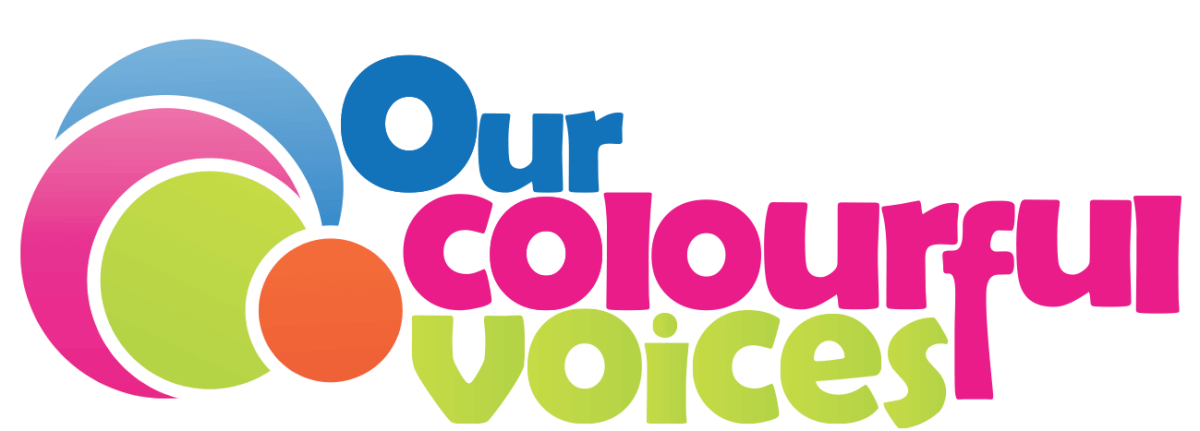Right now, in Canada we are in the aftermath of a large and significant Court case that was finally settled by the Supreme Court of Canada. The case centered upon whether the Wet’suwet’en people could force the Liquid Nature Gas (LNG) pipeline that was planned to go through their land to be diverted or cancelled. The pipeline is very important to the economy of Canada and the diversion was not a practical solution. In the end the Canadian Courts ruled that the pipeline will go through the traditional land of the Wet’suwet’en people. The Royal Canadian Mounted Police (RCMP) have now been tasked with enforcing this ruling against a people who are actively protesting and physically blockading the pipeline.
Since the Ruling people have been protesting the decision by blockading bridges, rail lines, and government buildings across Canada. These blockades though have done more than prove a point; they have stopped the flow of people and goods. At first you may believe that as long as these protests are peaceful, they are helpful at giving every Canadian a voice, but in-fact they do quite the opposite. By stopping the flow of Canadian goods and people that are weaponizing a peaceful protest to shut down the economy and essential services.
Further, the rule of law should be enforced, and there is debate in terms of whether the police should be used to break up the protests.
The blockades in particular are disadvantage to Canada because they separate doctor from hospitals, teachers from schools, and Judges from courts. These actions bring down the quality of life for every Canadian and particularly children who become vulnerable if there is no more schooling, crowded hospitals, and a less effective judicial system. Because these effects aren’t primary results of the protests but more there are unintended consequences, for the most part they are left out of the media, but secondary effects like this can be even more damaging in cases like this then the primary effects.
Even if we look into the first nations community’s directly many are taking children out of school to participate in the protests. As we know education is vital to children and cannot be forgone even to make a political statement. When children leave school to participate in political actions like this they can also be exposed to traumatizing events. As an example, recently in northern British Columbia where the pipeline is meant to pass through the police aimed a sniper rifle at a group of protesters. Police reported that they were using the scope to watch the crowd but children misinterpreted this as the police getting ready to shoot at them.
Afterall, these kids are the very ones who are most vulnerable. This is because in Canada there is still a large discrepancy between how indigenous and other children are treated. This discrepancy exists in quality of education, quality of life, life expectancy, along with almost every metric that exists. This is why theses protests and blockades disproportionally effect children and youth in first nations communities.
Overall, I hope you can see that the effects of this very adult case have trickled down to youth and children to affect their lives negatively. Sadly, though there is not much that can be done because the RCMP hold the responsibility of upholding the court ruling. I don’t expect that much will be done to assist in these secondary effects because the primary ones have taken the spotlight. I truly hope that these protests come to a halt shortly so that the effects to children are diminished.
Written by: Joshua Himmens
CORIA Canada
References:
- Boynton, Sean. “Video Captures RCMP Officer Pointing Gun at Indigenous Pipeline Opponents at Northern B.C. Camp.” Global News. Global News, February 16, 2020. https://globalnews.ca/news/6556771/wetsuweten-indigenous-pipeline-protest-rcmp-gun-video/.
- Little, Simon. “Video Shows Man Pushing Board into Truck’s Path as It Drives through B.C. Highway Blockade.” Global News. Global News, February 12, 2020. https://globalnews.ca/news/6539253/video-plywood-truck-bc-highway-blockade/
- Austen, Ian. “Canadian Police Move Against Pipeline Blockades, Arresting Dozens.” The New York Times. The New York Times, February 10, 2020. https://www.nytimes.com/2020/02/10/world/canada/gas-pipeline-protests.html
